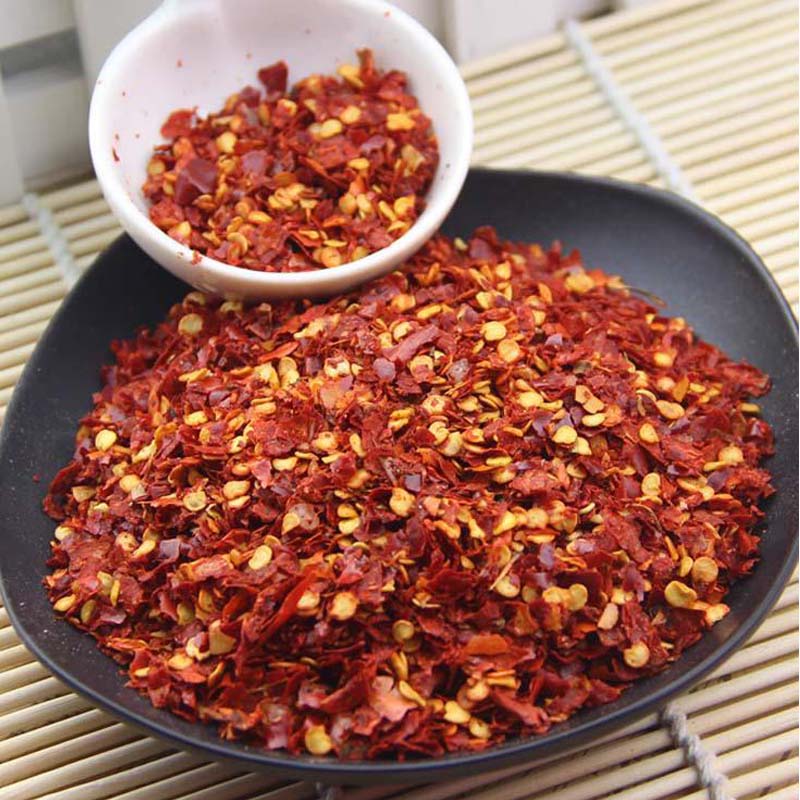- No. 268 Xianghe Street, Economic Development Zone of Xingtai city, Hebei 054001 China
- Byron@hbhongri.cn
Flavors of China Exploring the Art of Homemade Chili Dipping Sauce for Your Dishes
Exploring the Bold Flavors of China’s Chili Dipping Sauce
China boasts a diverse culinary landscape that reflects its rich culture and history, and one of the standout components of this cuisine is its array of sauces. Among these, chili dipping sauce holds a special place, captivating the taste buds with its fiery yet balanced flavors. This article delves into the tantalizing world of Chinese chili dipping sauce, exploring its ingredients, uses, and the cultural significance behind this beloved condiment.
Ingredients that Pack a Punch
The foundation of Chinese chili dipping sauce typically includes fresh or dried chili peppers, which provide the signature heat. Various regions in China utilize different types of chilies based on local availability and preferences. For instance, the Sichuan region is famous for its unique peppercorns, which add a numbing sensation alongside heat.
Other essential ingredients often found in chili dipping sauce include garlic, vinegar, soy sauce, sesame oil, and sugar. The interplay of these elements creates a complex flavor profile that ranges from spicy and tangy to umami-rich. Garlic adds a pungent kick while vinegar introduces acidity to balance out the heat. Soy sauce lends depth with its umami notes, and sesame oil infuses a nutty aroma, making each dip a culinary delight.
Versatile Uses in Chinese Cuisine
Chili dipping sauce is incredibly versatile and can be paired with a variety of dishes. It is commonly served alongside dumplings, spring rolls, and grilled meats, enhancing their flavors with every dip. In Sichuan cuisine, it is often a key component of hot pot, allowing diners to customize their dipping experience by mixing different ingredients into the sauce, such as chopped scallions, cilantro, or crushed peanuts.
Furthermore, this sauce acts as a fantastic marinade for meats and a flavor booster for stir-fries, showcasing its adaptability. The balance of spicy, sour, and savory flavors makes it a favorite among spice enthusiasts and those seeking an exciting kick in their meals.
china chili dipping sauce

Cultural Significance
Beyond its culinary appeal, chili dipping sauce also holds cultural significance in China. It symbolizes the excitement and vibrancy of Chinese cuisine, which is often characterized by bold flavors and communal dining experiences. In many Chinese households, making chili dipping sauce is a family affair, where each member contributes their own twist to the recipe, passing down cherished traditions.
During festive occasions, such as Chinese New Year, the consumption of chili dishes is believed to symbolize prosperity and happiness
. The spicy nature of the sauce is thought to drive away bad luck, making it an essential addition to celebratory feasts.Making Your Own Chili Dipping Sauce
Creating your own chili dipping sauce at home is both rewarding and straightforward. Begin by selecting your favorite type of chili pepper—fresh jalapeños or dried red chilies work well. Combine them with minced garlic, a splash of vinegar, a dash of soy sauce, and toasted sesame oil. Adjust the proportions to match your heat tolerance, and consider adding sugar to balance the flavors. Allow the mixture to sit for a few hours to let the flavors meld, and you’ll have a delicious dipping sauce that embodies the essence of Chinese cuisine.
Conclusion
Chinese chili dipping sauce is more than just a condiment; it represents a fusion of flavors, traditions, and cultural meanings. Its robust ingredients and wide-ranging uses make it an essential component of Chinese dining. Whether enjoyed at a bustling restaurant or prepared at home for a cozy meal, this spicy sauce continues to capture the hearts (and taste buds) of food lovers worldwide. Dive into the world of chili dipping sauce, and elevate your culinary experiences with a dash of bold flavor!
-
Unlock the Power of Turmeric Turmeric PowderNewsMar.31,2025
-
The Power of Turmeric Standardized ExtractNewsMar.31,2025
-
The Power of Paprika OleoresinNewsMar.31,2025
-
Spicy Crushed Red PepperNewsMar.31,2025
-
Exploring the World of Paprika & Chili ProductsNewsMar.31,2025
-
Benefits of Capsicum OleoresinNewsMar.31,2025





